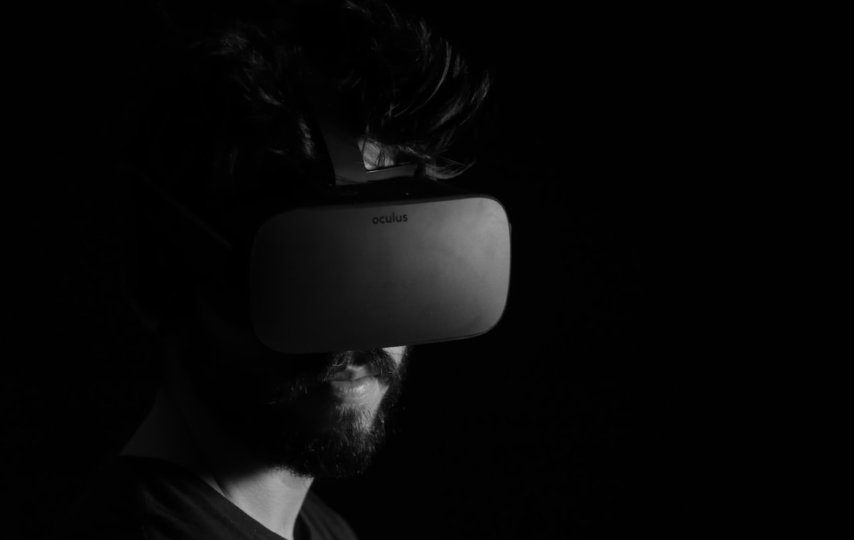Many people are unfamiliar with 3D architectural rendering, but it is a great technology that has been used in the construction industry for decades. The process combines drawings and computer graphics to create an accurate picture of how a building will look when complete. Architects have traditionally relied on this type of software to provide clients with realistic views of their buildings before they are built. It’s also popular among buyers who want to see what their future home would look like before committing to purchase it.
With the advancement of VR and the metaverse , architects can now share these drawings with clients in new and exciting ways. Here are some benefits of using the metaverse in architecture.
Allows Clients to Walk Through Buildings
Though there are 3D renderings, sometimes it’s hard for clients to imagine what the building will look like. With VR, clients can see exactly how rooms fit together and where windows are located to ensure that their vision is met. This makes it easier for them to make decisions about what they want in their custom home or office space without relying on limited drawings. The ability to actually walk through a completed project quickly outweighs anything that can be drawn on paper.
Allows Clients to Show off Their Home Before it’s Built
Now that virtual reality is used in all types of industries, it’s possible to show off a completed project before the first brick is laid. This allows clients to make last minute changes or tweaks if they are unhappy with their home right after it’s built. It also gives them an opportunity to share what will be built with family members who can’t be there in person.
Virtual Reality Allows for Better Design Decisions
With VR, architects can experience their project before it is built which allows them to make better design decisions. For example, they can see if a stairway leads directly into an elevator or if the entry door needs to be moved so that clients don’t have far to walk when getting to their office space. The ability to see exactly where a project is headed allows for easier design changes and ensures that the finished version will meet all specifications.
Sharing Designs with Clients around the World
In today’s technology driven world, it can be difficult to get clients from different parts of the country or even different continents in one room to share their vision. With VR, it is possible to bring everyone together in the metaverse design and allow them to see exactly how the buildings will look when completed.
Creating More Realistic Drawings
Since VR allows clients to actually walk through a space, it is possible for architects to create more realistic drawings that are based in reality rather than guesswork . This will help them avoid mistakes before construction begins and save time by reducing the number of change orders or revisions during development.
Creating More Interesting Presentations
The traditional way of showing clients a project is through hand-drawn renderings, which can be boring for them. With VR technology, architects are able to create more interesting presentations that make their designs come alive . This gives buyers an opportunity to see exactly what they will get before it’s built and helps potential customers imagine how their lives will be in the new space.
Marketing to Clients
Architectural rendering is a valuable service for clients, but it’s also possible to add VR tours as an additional offering . This way architects can provide more information about projects and give buyers another reason to choose them over other architectural firms. This type of technology also makes it possible for architects to create more sales opportunities and generate new leads.
Providing a More Exciting Experience for Architects
As an architect, you likely know how great it is to be able to walk through your own designs before they are built . However, not everyone can visit the construction site or see their buildings come together as time goes on. VR is changing that because architects can now experience their work at any time using a simple headset . This makes it possible to see how buildings are progressing and gain inspiration for future projects.













